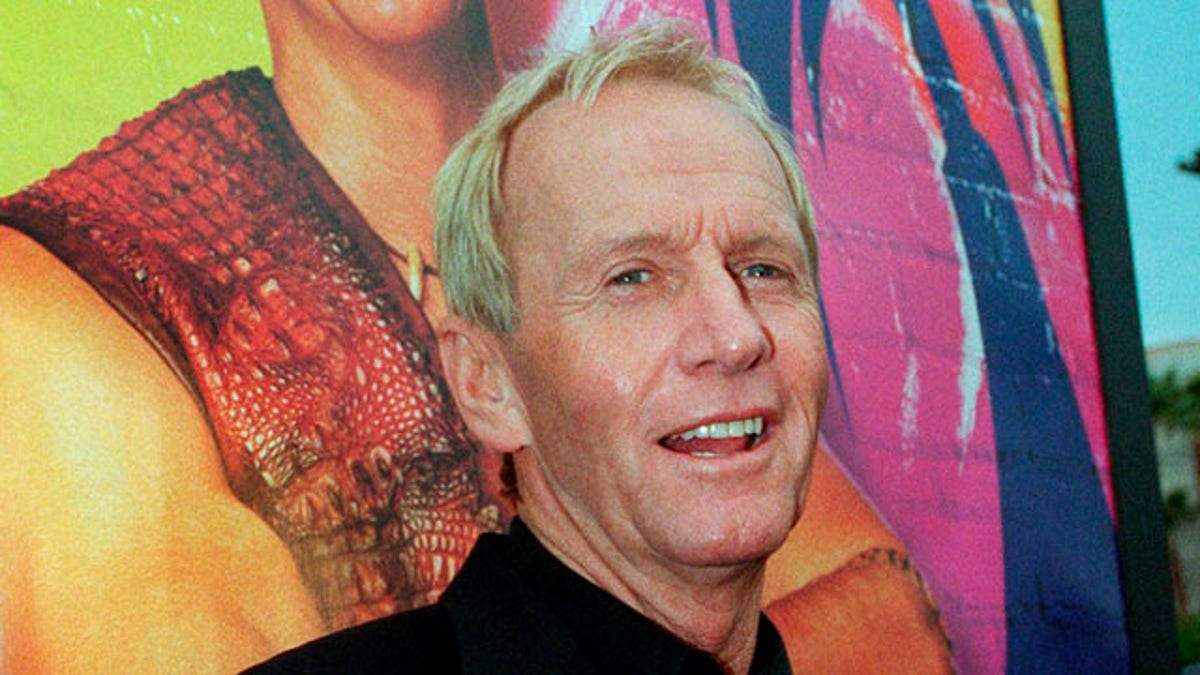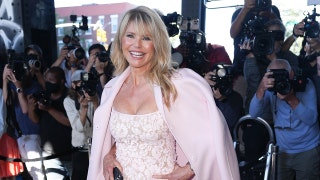
An April 18, 2001 photo of Australian actor Paul Hogan at a screening for "Crocodile Dundee in Los Angeles." Hogan has been cleared to return home to the United States after he was barred last month from leaving Australia because of a disputed tax bill. (AP)
Thirty years after "Crocodile Dundee" hit the cinemas and rewrote Australian film history, tourism bosses are hoping a possible remake could do for the outback what the original achieved.
Although the film industry is remaining coy on the proposal, Kakadu Tourism chair Rick Allert thinks the time is right to revisit the box office hit, possibly even with new tourism ambassador Chris Hemsworth in the role made famous by Paul Hogan.
“I’m sure any remake would be successful and Chris Hemsworth would have lots of appeal,” Allert said.
Director of the original film, Peter Faiman suggested Hemsworth could star in a “son of Mick Dundee” venture.
“I don’t think there’s any plans from (producer) John Cornell or from Paul (Hogan) to make another one but who knows, somebody else might come along and do it,” said Faiman. “It’s a matter of striking a chord, and that movie came along at just the right time. It was shot in the right place and had a great character, and a great team of people putting it together in a really timely fashion.”
Prior to "Crocodile Dundee’s" release in 1986, Kakadu was best known as a mining area with little to offer tourists.
That all changed when the film hit cinema screens and became the year’s second biggest U.S. box office hit behind "Top Gun."
Location scout Craig Bolles said Kakadu’s beauty and wilderness made it the ideal backdrop.
As a result of the film, visitor numbers soared and the first major hotel was built — in the shape of a crocodile.
Allert said the Mercure Gagudju Crocodile Hotel is now a tourist attraction in itself, along with Yellow Water Cruises that gave visitors the chance to observe crocs close up in their natural habitat.
“The whole area has really come of age, but we could cater for thousands more visitors,” he said. “It’s a huge area, and less than three hours drive from Darwin.”
Tourism NT CEO Tony Mayell said there was still an appetite around the globe for "Crocodile Dundee."
“The film still gets around 135,000 searches per month which is up there with search terms of ‘Kakadu’ and ‘Kakadu National Park’,” said Mayell. “In the lead up to the 30th anniversary, searches have spiked even further, especially in the U.S.”
“We were looking for an incredibly interesting landscape that hadn’t been filmed before,” said Bolles, who was also the film’s second assistant director. “Everyone had shot in Broken Hill and Alice Springs, but no-one had ventured as far as Kakadu and Arnhem Land (in the Northern Territory).”
An unused camp built for the Jabiluka Mine that never came to fruition, provided housing for the 150 crew, setting the stage for a memorable three-month shoot.
“We didn’t have any run-ins with crocodiles but someone who spotted our truck with a mechanical croc reported us as crocodile poachers,” Bolles laughed.














































